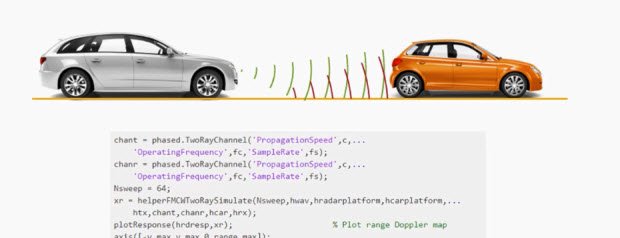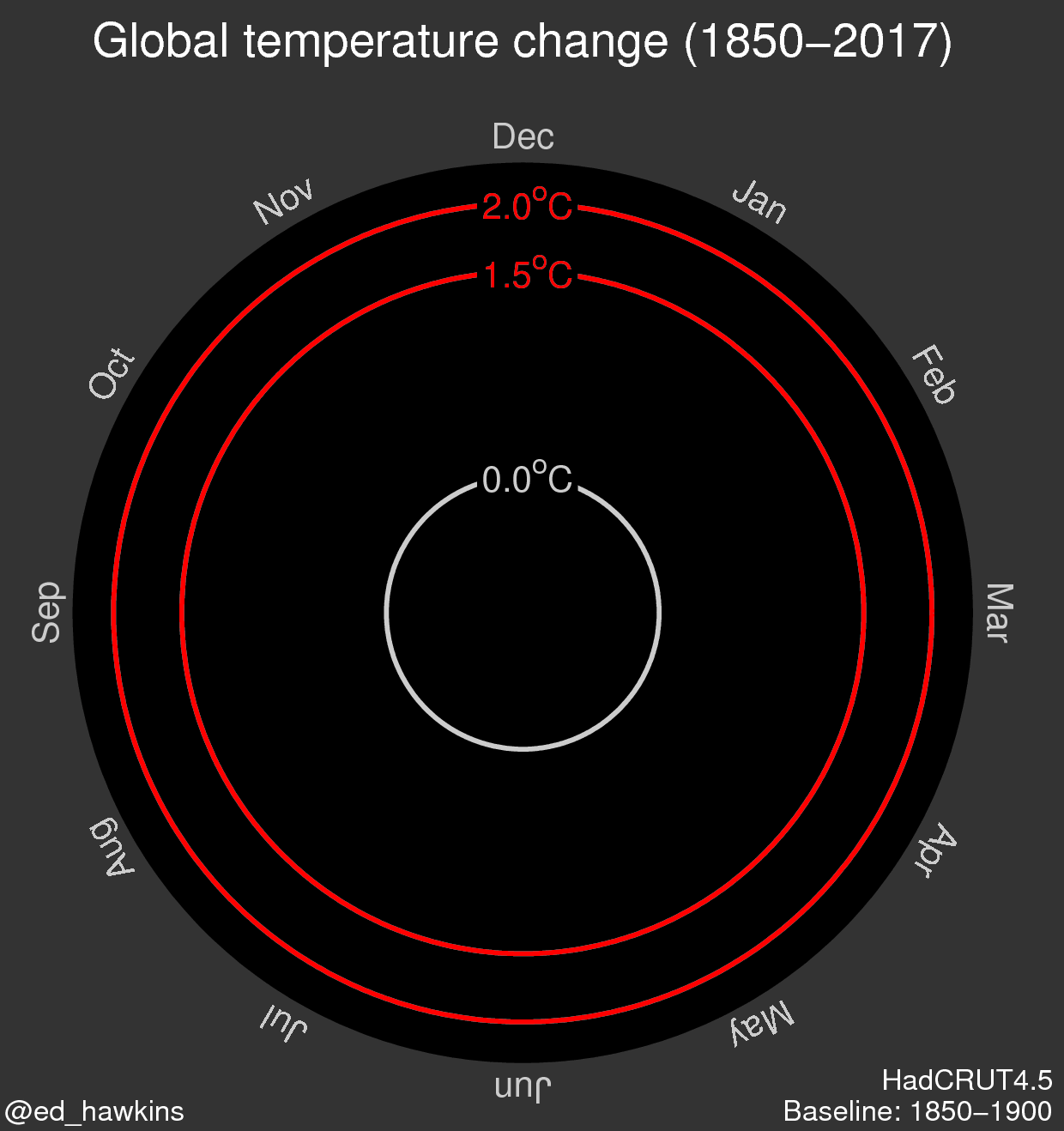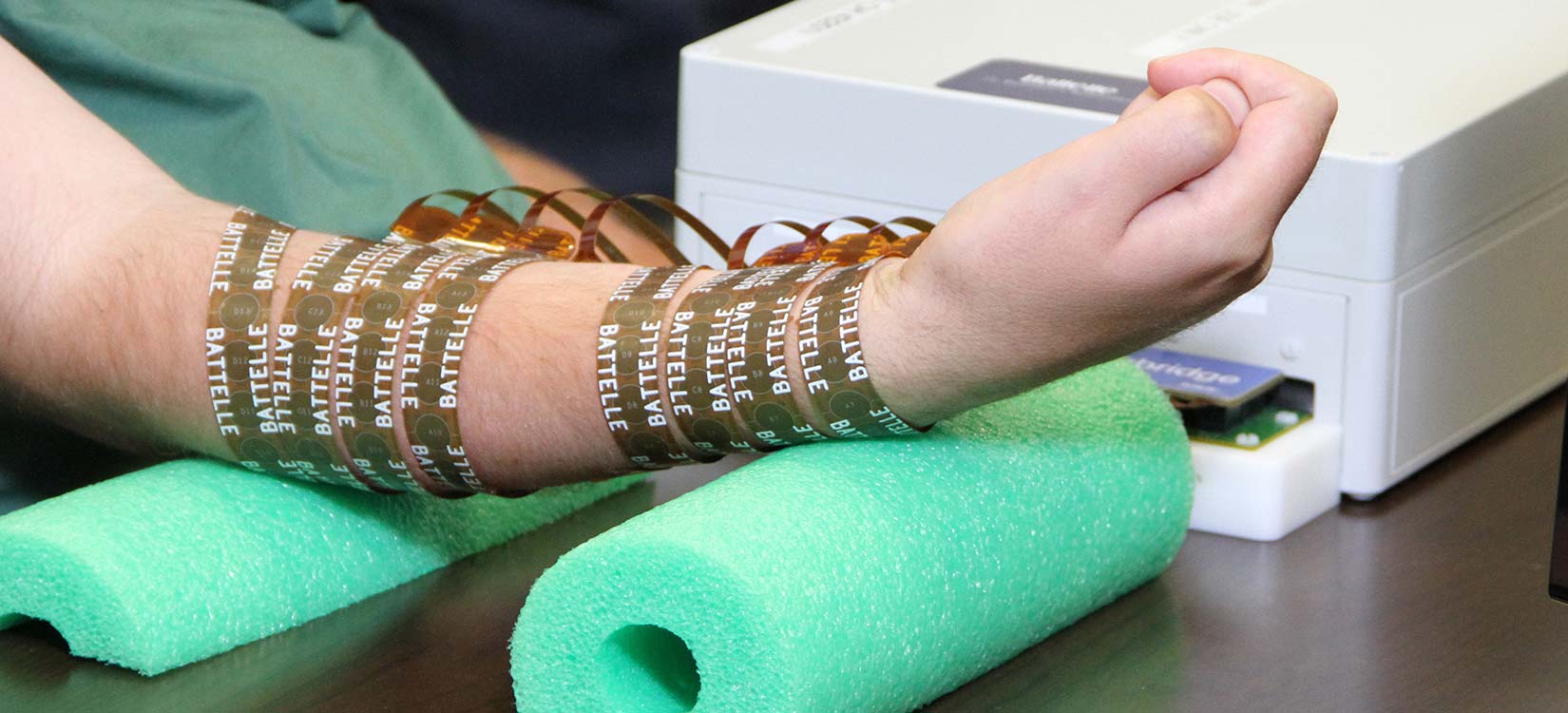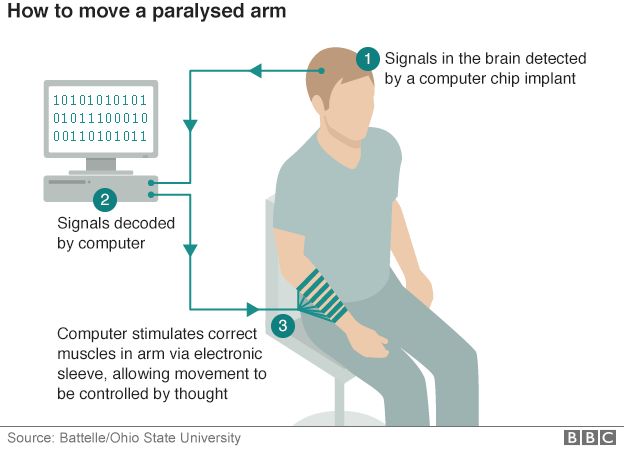Top “Behind the Headlines” Posts of the Decade
Behind the Headlines was launched mid-decade to focus on highlighting the role of MATLAB and Simulink in today’s most visible news stories, and the scientists and engineers that made them happen. As we enter 2020, it’s natural to reflect on some of the top news stories of the decade. Many were devastating, from the Zika epidemic in 2016, to the rash of California wildfires in 2018.

news stories
Thanks to technology and ingenuity, there’s been news to celebrate as well. We shared stories such as the team of researchers that designed an air-powered wheelchair to help make a water park more handicap accessible, and the three students who designed a smart vest to help save children from pneumonia.
As we enter a new decade, we are pausing to look back at the top Behind the Headlines posts, based on readership:
5. Data Visualization shows the global temperature change since 1850
In 2017, just as the United States withdrew from the Paris Climate Accord, the Behind the Headlines blog shared a climate visualization created by Dr. Ed Hawkins to show the global temperature increase from 1850 to the present. The simple animation, created in MATLAB, has proven an effective demonstration that shows how the rate of change has increased over the past few decades.
The “climate spiral” first appeared on the global stage in the opening ceremony of the Rio 2016 Olympics. During the opening ceremony, the host nation took the opportunity to highlight the dangers the world faces due to climate change.
Read the full blog post here.
4. The laurel vs. yanny debate… Did someone tamper with the sound file?
The fourth most popular blog post was on a much lighter topic: The “laurel vs. yanny” debate. Much like the blue dress/black dress viral internet story of 2015, the laurel/yanny audio clip was a perception-based, debate instigating, internet sensation of 2018. The story was covered on news outlets from The New York Times to The Guardian.
Using signal processing and spectrograms, we showed that the widely debated version from the viral twitter poll was tweaked from its original source recording on vocabulary.com.
While the change may have been due to a poor-quality recording, not intentional tampering, the effect was that the sound was different based upon how the listener processed higher frequencies. Spoiler alert: team laurel was correct!
Read the full blog post here.
3. Neuroscience and Machine Learning Restore Movement in Paralyzed Man’s Hand
The third most popular blog post was an amazing story about how machine learning, a brain-computer interface (BCI), and neuroprosthetics enabled a paralyzed man to regain use of his hand and even play a guitar video game! The story is a great example of the tech-for-good breakthroughs that have the potential to improve lives.

Ian Burkhart, who is paralyzed, playing a guitar video game as Nick Annetta, an electrical engineer at Battelle Memorial Institute in Columbus, Ohio, watches. Image Credit: The Ohio State Wexner Medical Center and Battelle via The New York Times.
Ian Burkhart underwent brain surgery to implant a chip array that reads neuron activity. He mentally practiced moving his hand while the corresponding neural activity was recorded. The activity detected by the implanted chip was processed by Battelle’s machine learning algorithms and encoded patterns sent to the stimulator sleeve to activate muscles.
Read the full blog post here.
2. This AI-augmented microscope uses deep learning to take on cancer
The term artificial intelligence (AI) has entered the general lexicon in the past decade and is often associated with commercial applications, such as suggesting the next video you are likely to watch on your streaming service based upon your previous preferences. But the story at number two shows that AI also has the potential to help fight deadly diseases, such as cancer.
Cancer screenings via blood samples typically rely on affixing biochemical labels to cells. The labels adhere preferentially to cancerous cells, enabling instruments to detect and identify them. But these biochemicals can also damage the cells, leaving them unsuitable for further analyses. Researchers from UCLA developed a label-free methodology that is highly accurate and minimizes damages to the cells.

Time-stretch quantitative phase imaging and analytics system. Image credit: Claire Lifan Chen et al./Nature Scientific Reports.
The team combined a new form of microscopy called photonic time-stretch imaging with deep learning. With this powerful new technique, they were able to capture 36 million video frames per second. (Compare that rate television and films which run at 24 frames/second.) They then used these images to detect cancerous cells.
This AI application has the potential to speed diagnosis of various cancers so that doctors can zero-in on the appropriate treatment.
Read the full blog post here.
1. This algorithm is key to space travel, GPS, VR and more, and it is over 50 years old
The number one Behind the Headlines post discusses a 60-year-old algorithm! The Kalman filter, named after electrical engineer, mathematician, and inventor Rudolf Emil Kálmán, is still widely used today in navigation and control, signal processing, and control systems. The Kalman filter first appeared in scientific papers in 1960!
Current applications include satellite-based global positioning systems (GPS) used by smartphones, improving the efficiency of wind turbines and increasing green energy production, global weather forecasting, and advanced driver assistance systems (ADAS) that are paving the way to self-driving cars.

Read the full blog post here.
Looking to the next decade!
As the new decade unfolds, please send me your great examples of how technology, and MATLAB, are helping make headlines worldwide. My hope is to find more “tech-for-good” and “I can’t believe that’s possible” stories to share.
 Cleve’s Corner: Cleve Moler on Mathematics and Computing
Cleve’s Corner: Cleve Moler on Mathematics and Computing The MATLAB Blog
The MATLAB Blog Guy on Simulink
Guy on Simulink MATLAB Community
MATLAB Community Artificial Intelligence
Artificial Intelligence Developer Zone
Developer Zone Stuart’s MATLAB Videos
Stuart’s MATLAB Videos Behind the Headlines
Behind the Headlines File Exchange Pick of the Week
File Exchange Pick of the Week Hans on IoT
Hans on IoT Student Lounge
Student Lounge MATLAB ユーザーコミュニティー
MATLAB ユーザーコミュニティー Startups, Accelerators, & Entrepreneurs
Startups, Accelerators, & Entrepreneurs Autonomous Systems
Autonomous Systems Quantitative Finance
Quantitative Finance MATLAB Graphics and App Building
MATLAB Graphics and App Building










Comments
To leave a comment, please click here to sign in to your MathWorks Account or create a new one.